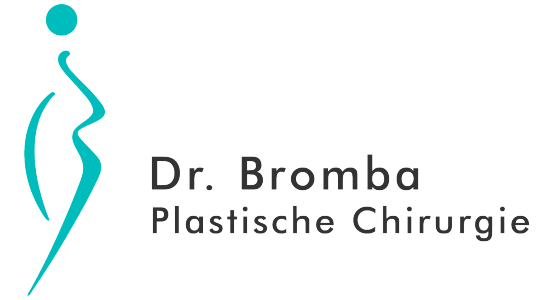Facelift
A facelift makes it possible to arrest the ageing process in the face. From 40 years of age or thereabouts, facial ageing cannot any longer be overlooked. With some patients, the ageing of the facial skin occurs in an exceptionally marked and rapid way. There can be various reasons for this – genetic predisposition, an illness or traumatic events in personal life. The best age for a facelift is between a person’s fortieth and sixtieth birthday. At this age the skin is still relatively elastic, and can be tightened up to good effect. A facelift normally gives the face the appearance of being at least ten years younger.
What does a facelift do?
Over the years, the number of elastic fibres in the skin diminishes. As a result of the ageing process, the nasal and cheek folds become deeper. In addition, the entire skin of the face, neck and eyelids becomes slack. The eyebrows and the subcutaneous fatty tissue recede. A facelift can significantly counteract these changes by means of an operative tightening of the skin and of the subcutaneous connective tissue, including the neck muscles. In the course of a facelift the physician removes superfluous tissue, the soft parts of the face are tightened and the facial skin is restretched elastically. The facelift improves the look of the forehead, cheeks, mouth, chin and neck. The careful plastic surgeon will avoid tightening up all folds in the face, otherwise a mask-like appearance may result. The selection of the most suitable procedure for a facelift is a matter to be discussed with the patient, and must be coordinated with the overall picture. The classic facelift: The classic facelift involves the simultaneous tightening of the temples, cheeks and neck. There are other possible options for carrying out a partial facelift. It is perfectly possible to smooth out the forehead in isolation. Likewise a cheeklift, restricted to the region of the cheeks, will tighten the tissue lying below it and give it an improved shape. In addition to a facelift, deep folds around the mouth are frequently treated by dermabrasion.
Procedure for a facelift
Comprehensive consulting and explanation of the procedure by an experienced specialist is absolutely indispensable. Above all in connection with a facelift it is essential to discuss in detail what expectations the patient has, and the extent to which these expectations can be fulfilled. Only then is the patient going to derive any real benefit from the facial operation. Dr Bromba in Essen, Germany, and his team will be happy to discuss the options with you at any time. Before the operation it is essential that you tell the physician if you are taking any medicaments. Any drugs that counteract blood clotting must be discontinued in good time before the operation. After the facelift you will need around a week for recuperation. You can generally undergo the operation as an outpatient, or be admitted to hospital for quite a short time. As a rule facelifts are carried out under local anaesthetic, in a ‘twilight sleep’ induced by tranquillisers and sleeping tablets. This method causes the least discomfort to the patient. The facelift begins with the skin’s being cut on both sides of the face. The cut runs behind the hair line, from the forehead to a point behind the ear lobes. After this, the skin is lifted off and superfluous fat shaped. A very important factor for a facelift is the tightening of the muscular and fascial tissue of the neck and face. In the first few days after the operation on the face you will wear an elastic dressing, designed to prevent any possible swellings. After approximately one week you will be able to resume your normal everyday routine. Sport, however, should be avoided for around six weeks. You should also stay away from the sauna for several months. Regular post-operative checkups with Dr Bromba will give you the opportunity of discussing all the relevant details. A facelift involves the same risks as any other operation. Loss of blood and swelling may occur following the surgical intervention. Subsequent bleeding, infection of the wound and failure of the wound to heal are conditions that occur very rarely. The prophylactic intake of antibiotics prevents such complications in almost all cases.

